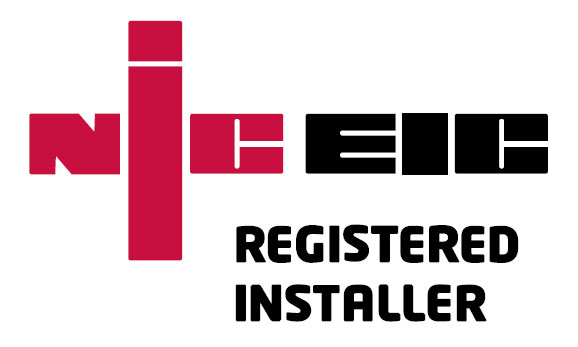MVHR units sometimes include built-in electric pre or post heaters. They’re designed to prevent frost damage first and foremost, rather than heating the property. There are more efficient and effective ways to do that compared to an electric element like a toaster.
A pre-heater warms the incoming air enough to prevent it freezing the machine midwinter. It can hold more than a litre of water in the heat recovery cell and collect up to ten litres a day. Other units divert some of the recovered heat to prevent frost damage, then use an electronic post heater to lift the supply air back up to (almost) room temperature. But to actually warm the building with MVHR you need either a ‘water heater battery’ or an Air Conditioning ‘Direct eXpansion’ (DX) coil.
MVHR doesn’t heat the water in the coil, you’d still need a heat pump, AC unit, gas, oil, or biomass boiler for that. But once the water (or liquid refrigerant) running through the coil is hot, the heat transfers to the air blowing past it. The MVHR then evenly distributes warm air to every habitable room in the building, which in a home is mostly the bedrooms with a bit in the lounge and other shared spaces. MVHR extracts from kitchens and bathrooms, so they separate heat distributors like towel radiators or underfloor heating (UFH) pipes.
Heat rises, so our favourite choice for ‘primary’ heat distributor is UFH, preferably pipe-in-screed so the solid floor mass stores heat and helps regulate the temperature. Warming the ventilation supply air is a good way to supplement the primary heating, but it’s rarely enough to serve as the primary heating unless your home is Built Tight.
You’d use a water heater battery/coil if you were connecting the MVHR to something that heats water, like a boiler – see above. Think of it like a radiator inside the MVHR air supply pipe that adds a little bit of heat to many rooms at once, rather than a lot of heat to one.
DX coils do the same thing, only they have liquefied refrigerant gas inside that can carry more energy than water. You’d use one of those if you were connecting the MVHR to a smaller AC unit because you wanted cooling through MVHR more than heating.
However, the amount of heating (or cooling) achievable is not determined by the type of coil or size of heat pump or boiler, or even the type of liquid, it’s determined by the amount of air travelling across the coil.
For effective MVHR heating the whole system needs to be capable of double the normal air flow, without sounding like your grandma’s Hoover or wearing the motors out. Most of the cost is not in the coil, it’s in the MVHR upgrade needed to support the coil.





